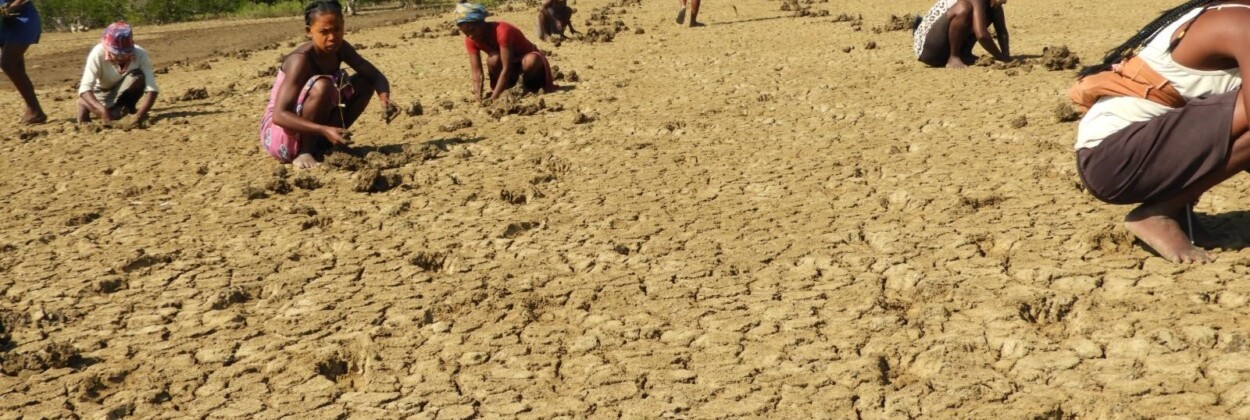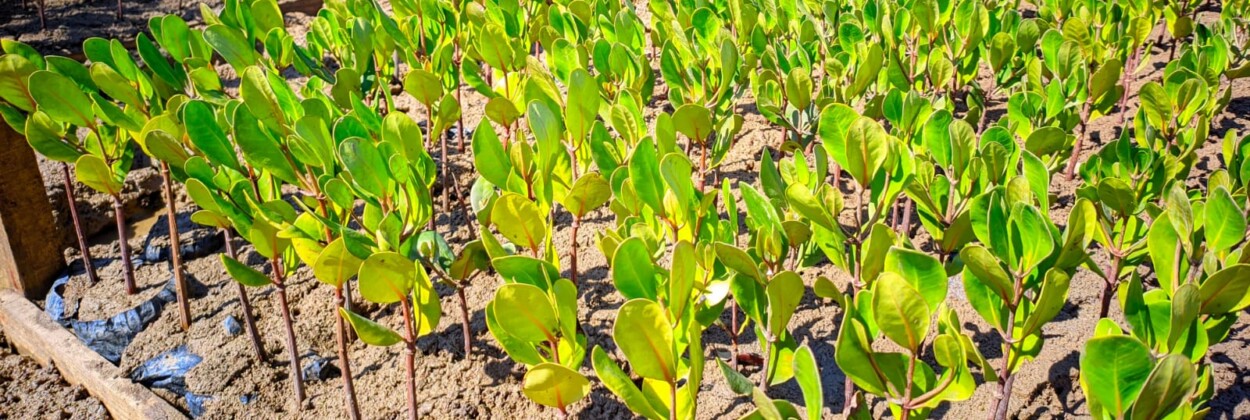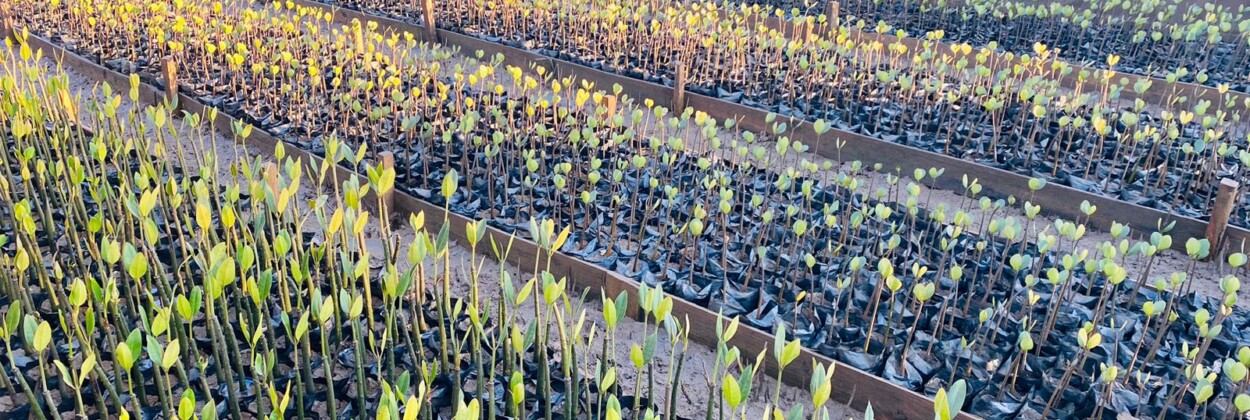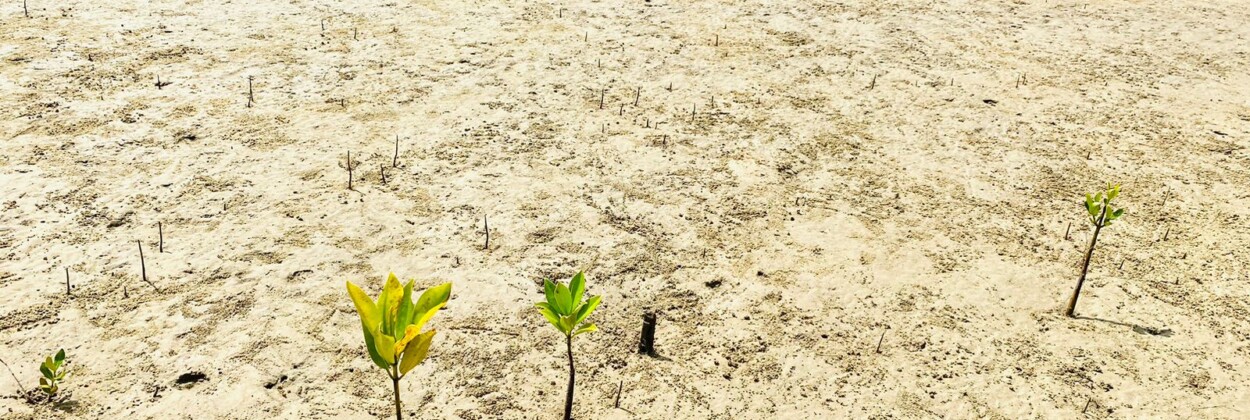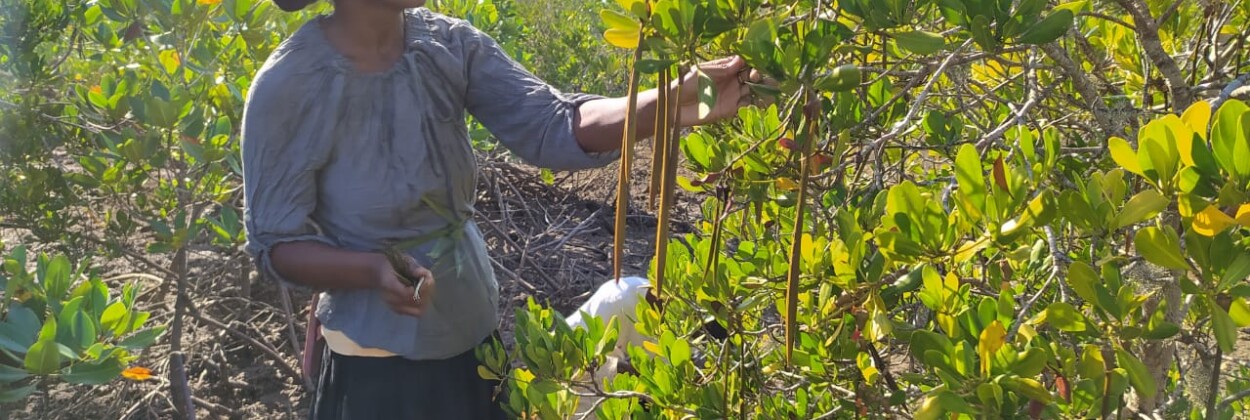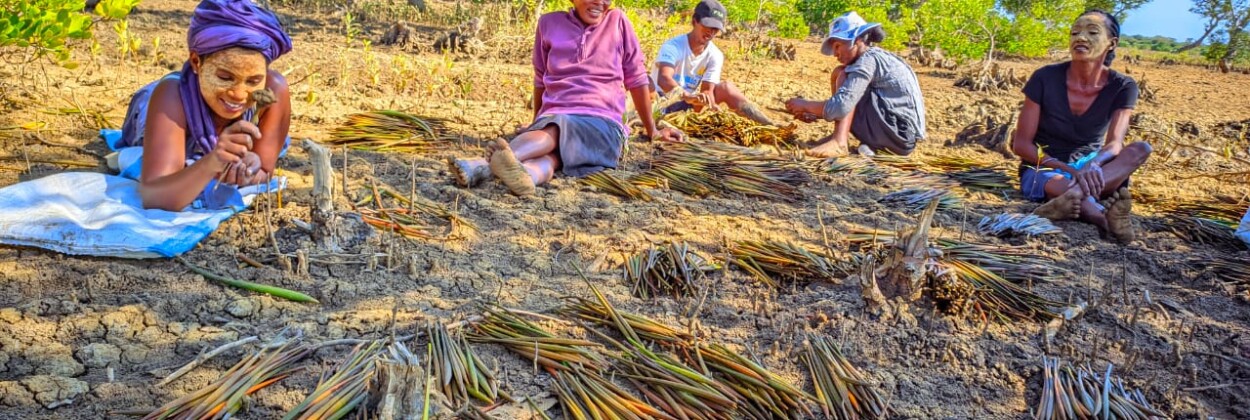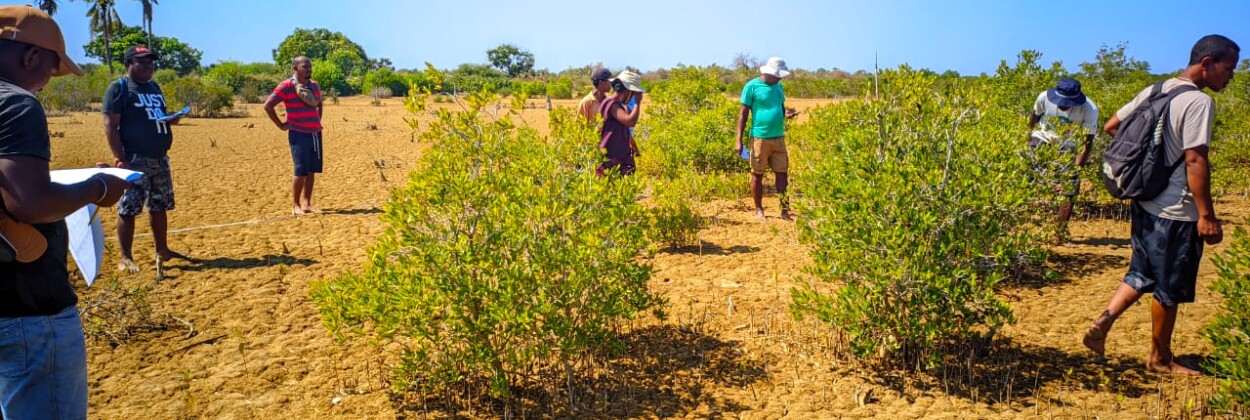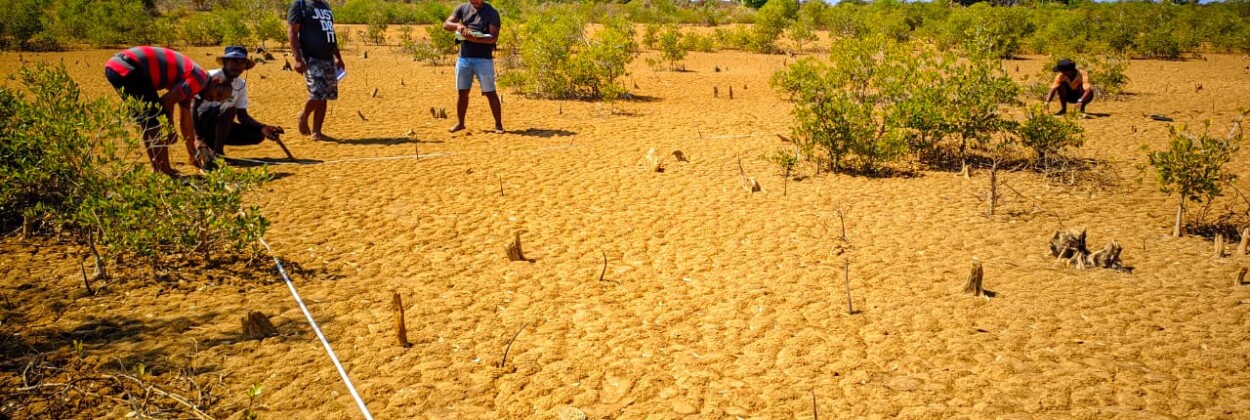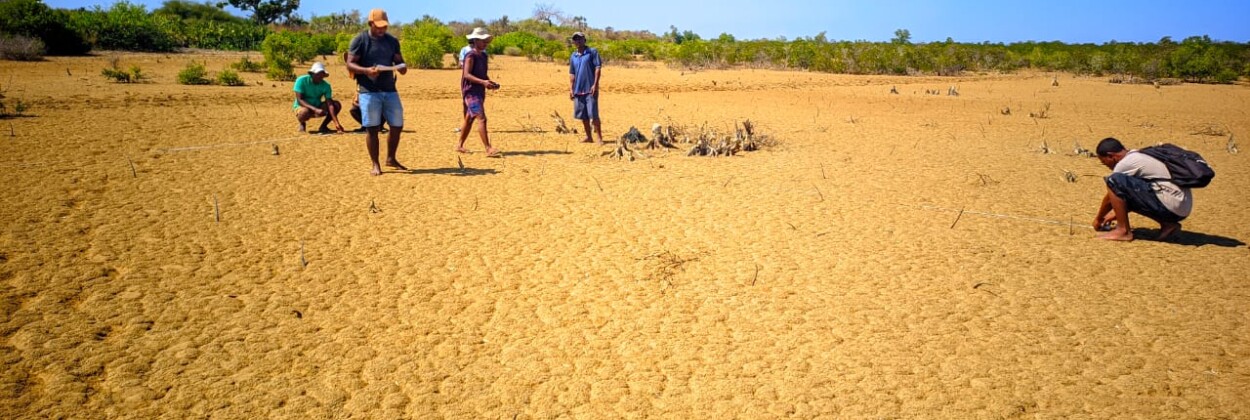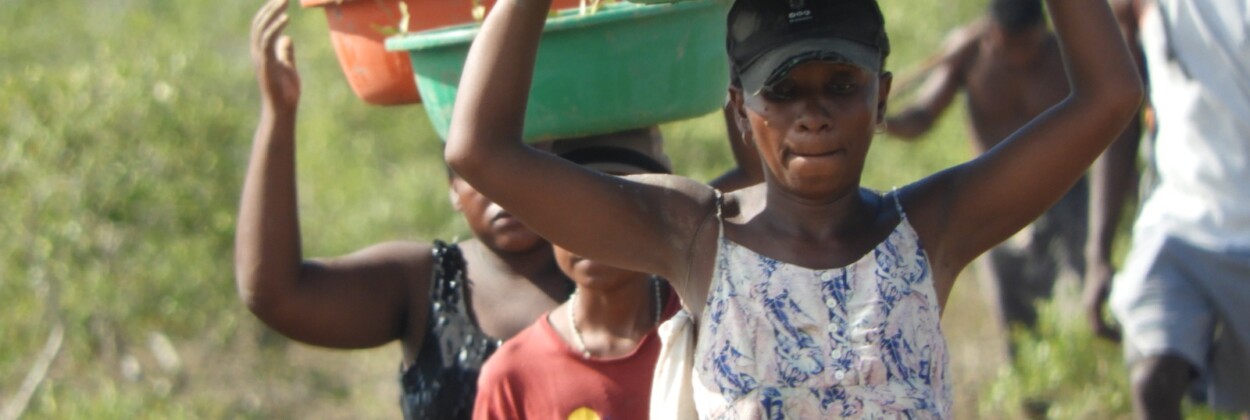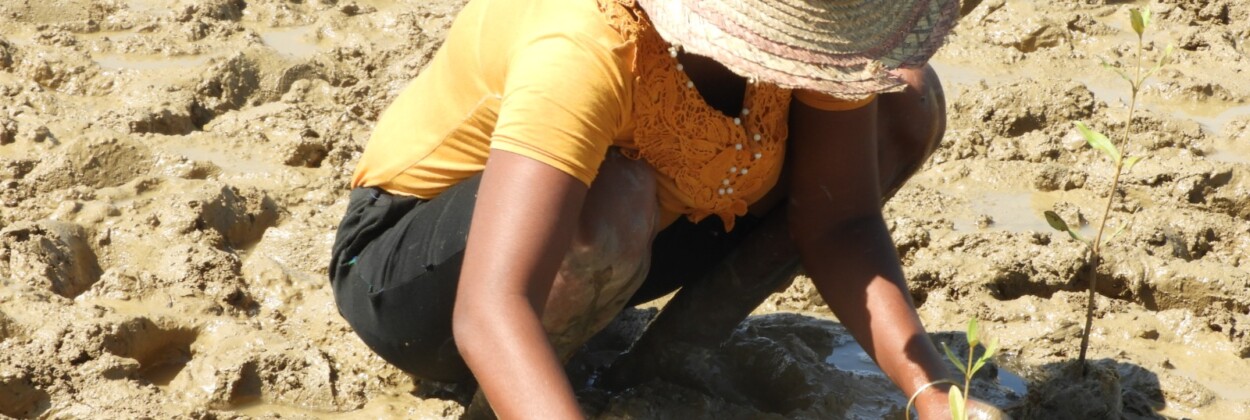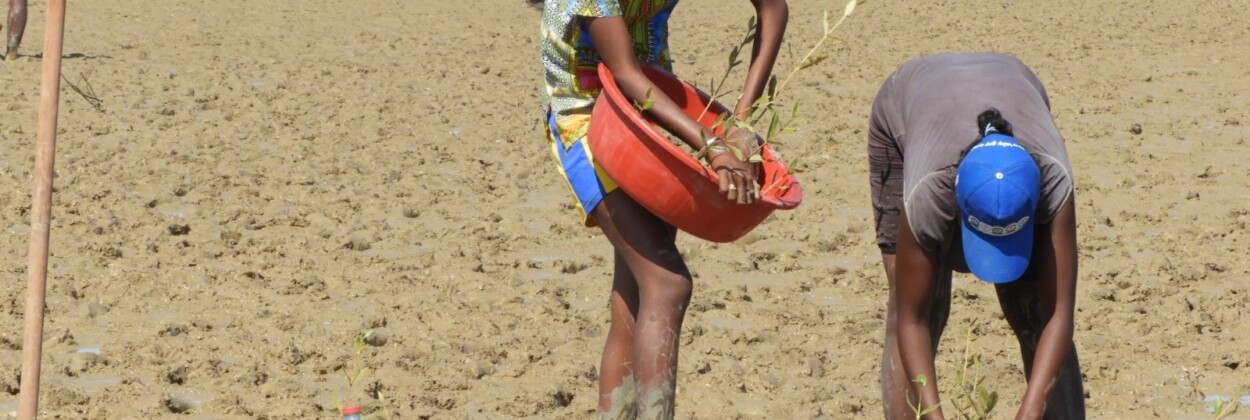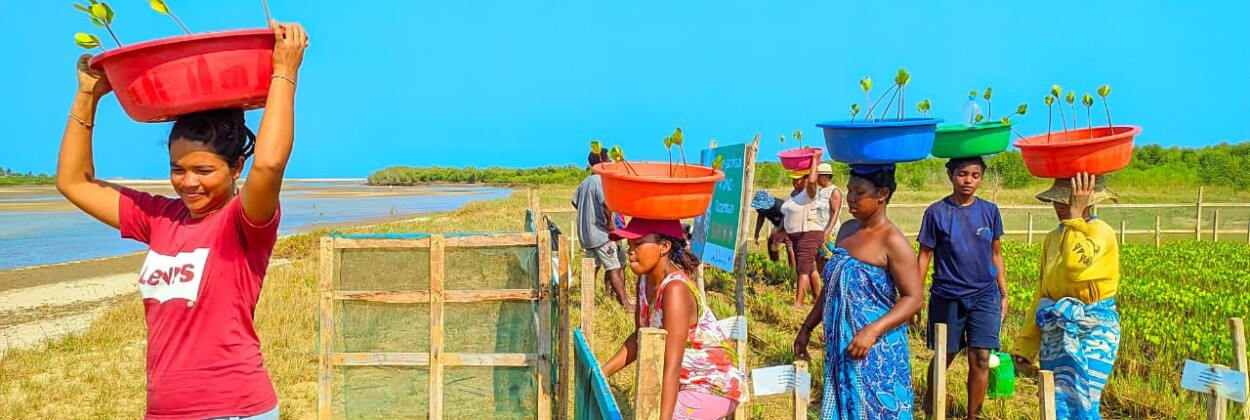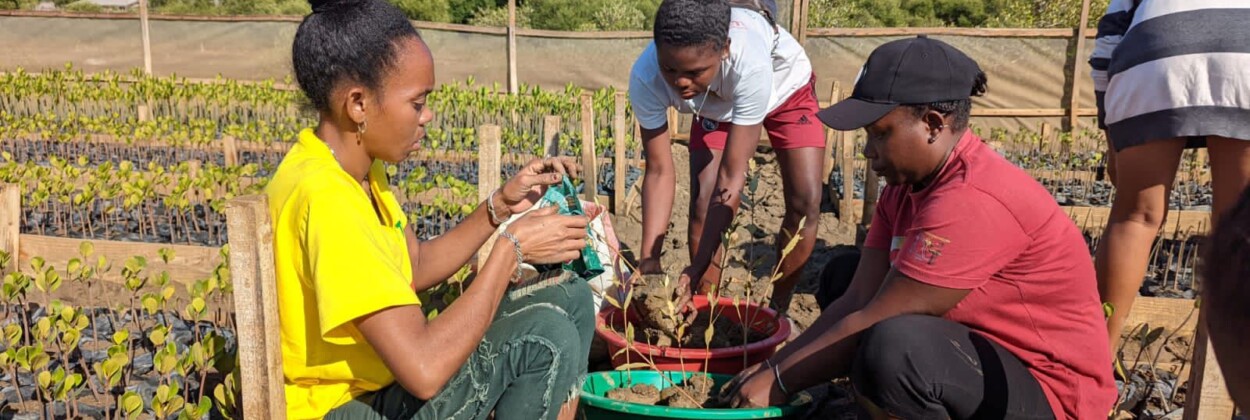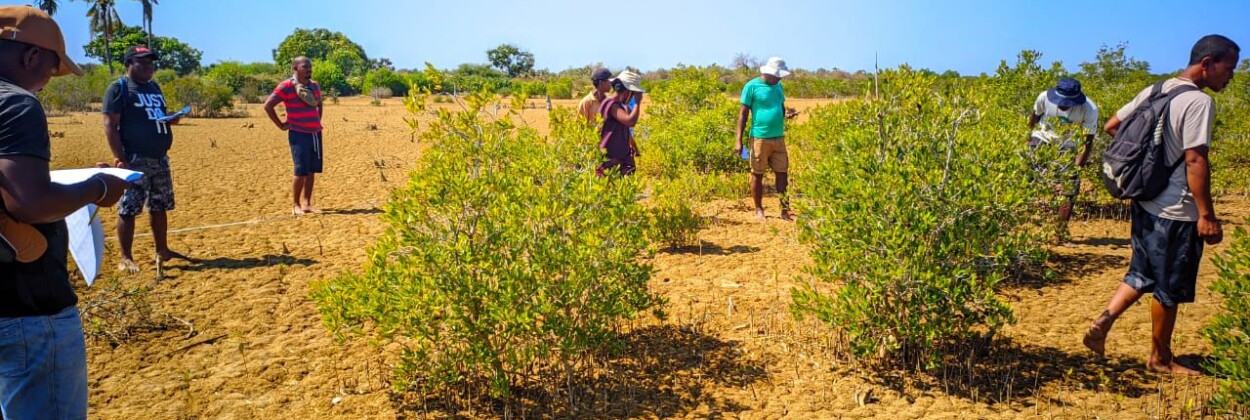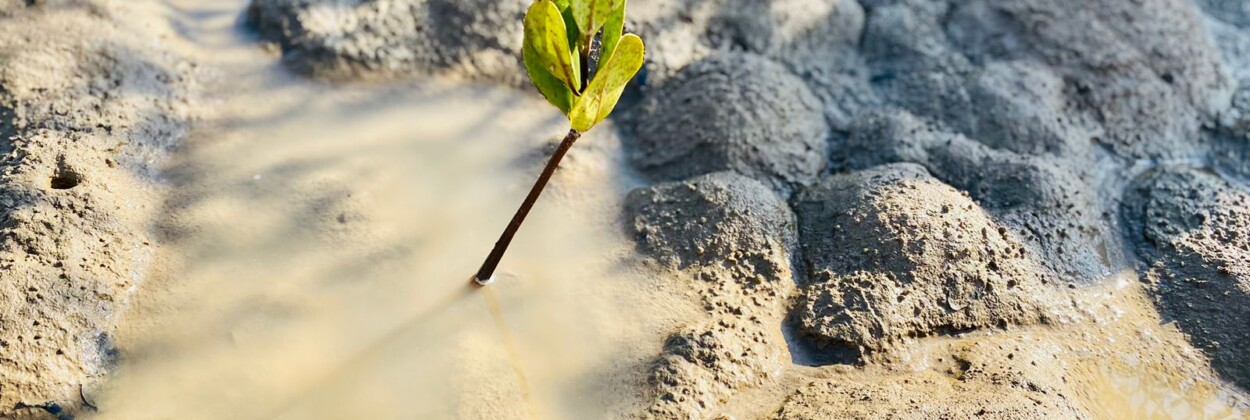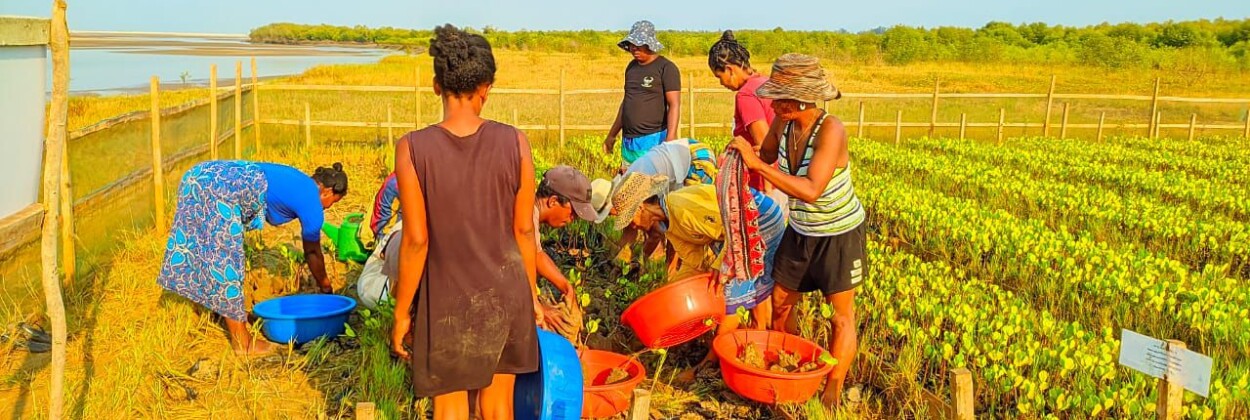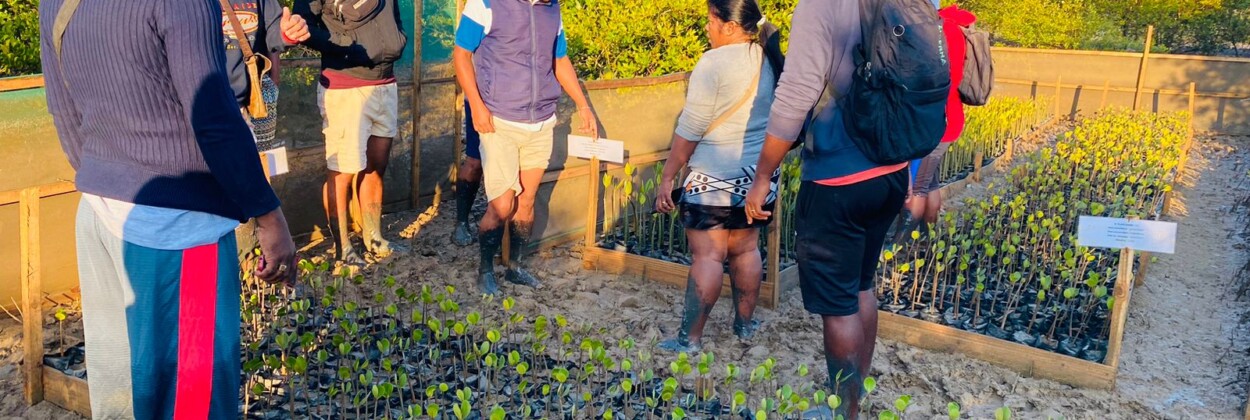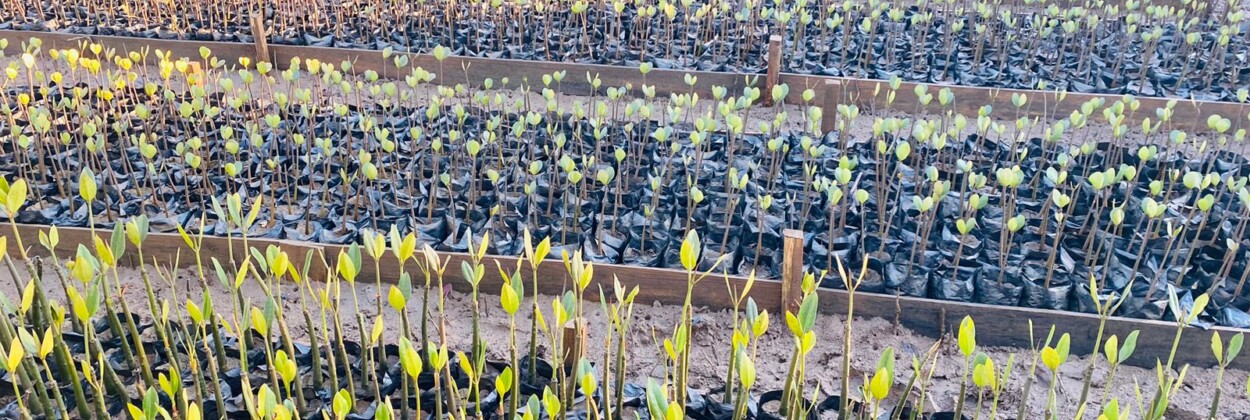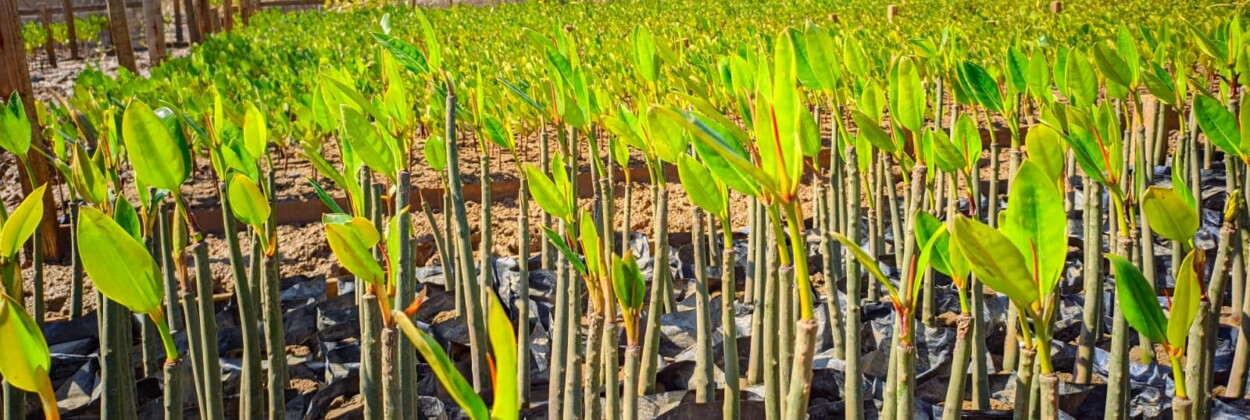Located in the southwest region of Madagascar, Morondava district sits on a very low, sandy maritime plain. The community relies on natural resources, such as agriculture and fishing, for both livelihood and income. The district is home to a rich yet fragile mosaic of ecosystems, including dry and thorn forests, savannahs, mangroves and coral reefs.
Climate and environmental challenges
Morondava faces significant climate-related challenges, including recurring floods and droughts, which contribute to soil erosion, coastal degradation, and the destruction of ecosystems. These environmental stressors are exacerbated by human activities such as deforestation, poor water management, inadequate urban planning, and insufficient maintenance of drainage infrastructure.
Current use and gaps in climate services
Traditional know-how on farming and fishing is widely used by the community, as well as local agricultural calendar guide.
While national and regional weather and seasonal forecasts are available, data gaps and insufficiently localized climate information have diminished trust in these services. Early warning systems for floods and droughts are no longer operational, and the lack of comprehensive and reliable flood and drought forecasts further undermines confidence. Additionally, the absence of local meteorological staff and the use of rudimentary information dissemination methods have hindered timely delivery of critical climate information to end-users.
Plans to improve climate services include jointly addressing data gaps with meteorological services, integrating local, indigenous knowledge with scientific knowledge, and working towards downscaling and frequently updating of climate services and early warning systems. Training local users in tools, methods and interpretation of information provided by climate services is also planned.
Experiences and Plans for Nature-based Solutions
Some mangrove restoration is taking place in the region, that integrate livelihood support activities like crab farming, fishing and crop diversification. To enhance and scale up these nature-based solutions (NBS), existing best practices will be documented and expanded. These initiatives will include the integration of mangrove rehabilitation with income generating activities such as beekeeping, silkworm farming, seaweed farming, etc, all aimed at protecting the mangroves, coral reefs and reducing coastal erosion.
Further plans involve conducting vulnerability and exposure assessments, co-developing quantitative flood and drought scenarios, and creating sub-seasonal and seasonal impact-based forecasting.
The integration of local community priorities with existing national and regional policy objectives (e.g as contained in communal planning schemes, marine spatial plans, and regional development strategies) will help identify and implement the most suitable nature-based solutions for the Morondava hub. Collaborative planning meetings between climate service providers and local communities will be scheduled to ensure a sustainable, inclusive and climate resilient NBS implementation.
Morondava District Hub, Madagascar
Morondava, Madagascar
- Region: Madagascar
- Climate: Tropical wet and dry or savanna climate (Aw)
Morondava District Hub, Madagascar
- Region: Madagascar
- Climate: Tropical wet and dry or savanna climate (Aw)
